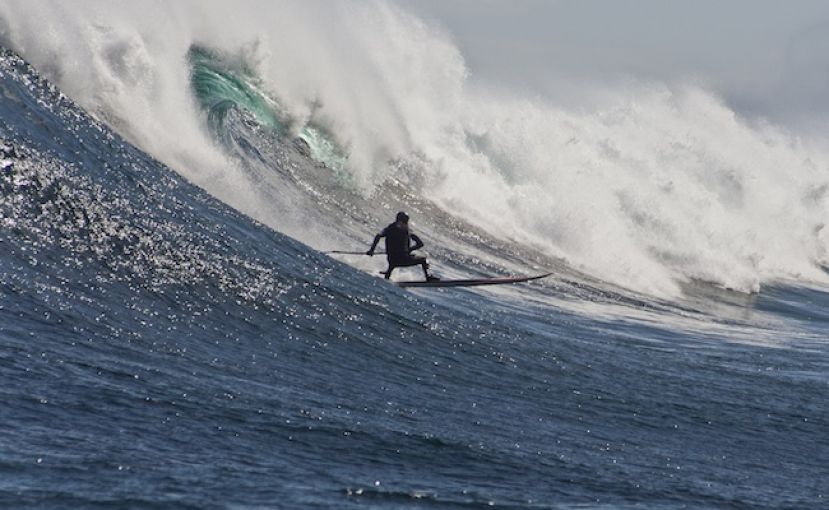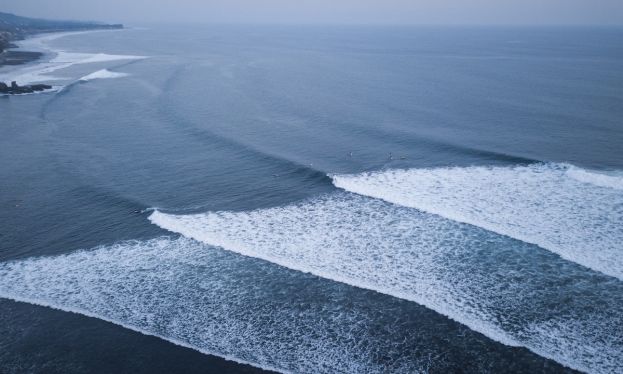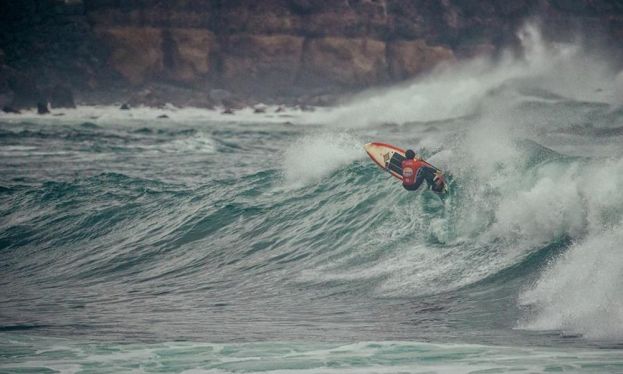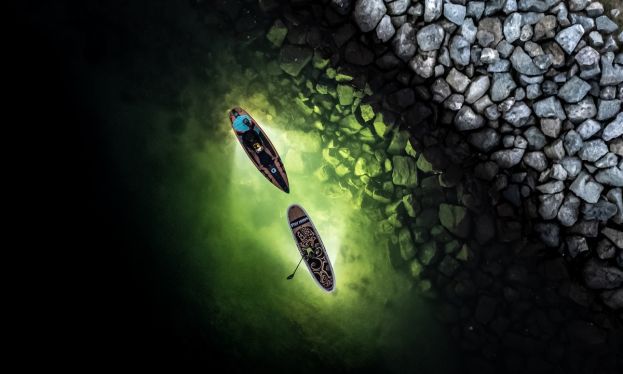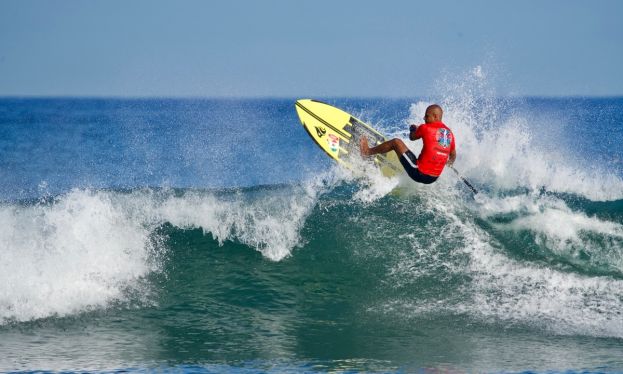5 Tips For SUP Surfing Big Waves
- Written by Staff
- Published in Tips
- Comments::DISQUS_COMMENTS
Greg Bertish at Dungeons| Image: Steve Benjamin/AnimalOcean.co.za
SAN DIEGO, California - Winter is approaching fast. This means colder water, longer swell periods and hopefully bigger waves. For those of you looking to step your performance in the solid stuff, we’ve put together a list of tips with the help of South African charger, Greg Bertish.
5. Know Your Limits
Riding bigger waves on a stand up paddle board takes time and practice. The guys like Greg have been at this for years and know the ocean like an old friend. Even if you’re a very competent surfer, riding waves is only one part of the big wave experience - you need to be physically and mentally fit enough to handle yourself out there. “You can get into situations you should not be in, fairly easily," Greg says. "You should be a confident surfer and enjoy bigger waves, before trying to attempt them on an SUP. Start small and get bigger over time. Train and be fit.”
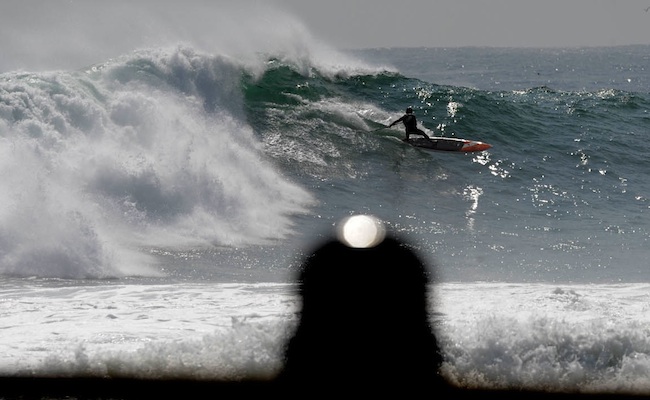
Greg at Pedestrians|Image: Geach
4. Look For The Right Conditions
It’s not practical to go out chasing windy, bumpy, open-ocean swells on your stand up paddle board. You should aim for a clean swell with smooth conditions. Ideally, you want to pick a spot that has a big channel where waves don’t break at all, giving you a safety zone to go to if things get heavy.
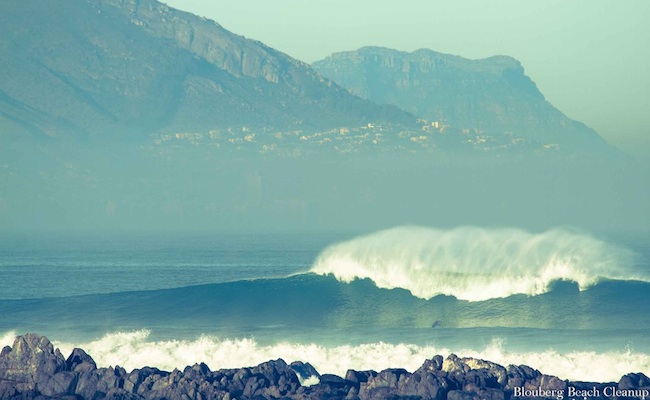
Blouberg Strand, Cape Town| Image: Greg Player
3. Don’t Go Alone
While you want to avoid large crowds, always have a friend in the area; this rule goes for all conditions, not just big waves. It’s always best to have a buddy watching your back, just in case. Not only will this make the environment safer, you’ll have someone there to share the stoke with after a good wave.
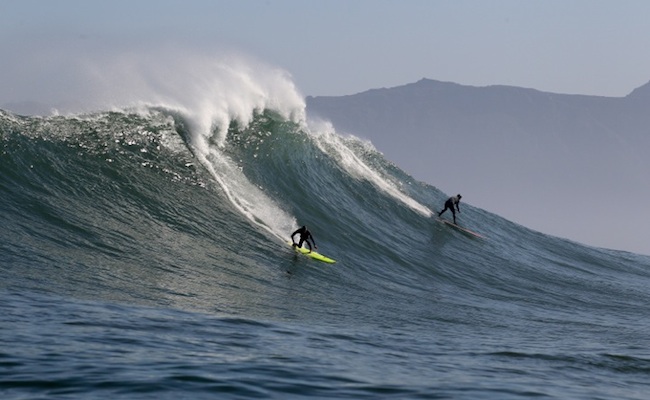
Greg shares a wave with Matthew Bromley at Sunset Reef in Cape Town
2. Have The Right Equipment
The right equipment doesn’t just mean having a fast board that’ll help you outrun big closeouts. Greg Bertish weighs in here, combining all of the above when it comes to waves of serious consequence. “Use the correct equipment - most production boards are NOT gonna do, not for waves over 10 feet. SUP with a friend and wear a Personal Flotation Device. I always ensure I have the right board and equipment. I’ve got two Jeff Clark hand shaped 10.6 and 10.8 magic Peaches – 28 wide, with lots of volume to ensure I can get into the waves. My new Clark, has amazing channels along the rails on the bottom , that allow more bite and over all board volume. The conditions are big and gnarly here. You want a stable board with lots of speed and grunt, so that you can get in early.”
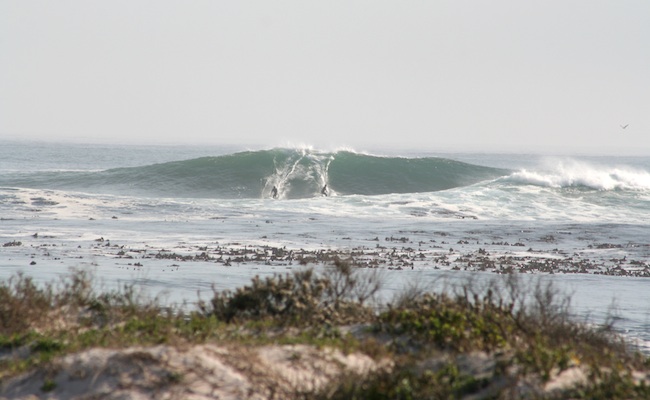
Greg and brother Chris share a wave
1. Be Safe
This is just reiterating what we’ve said all along, but it’s also something that can’t be ignored. If you’re going to try to ride bigger waves on a SUP, keep your and yours fellow paddlers’ safety in mind every step of the way. Big wave SUP surfing is an open book right now and the potential for big things is there, but progress is not as important as human life. “I don’t think there are limits,” Greg Bertish said. “I think the guys are gonna start charging Cortez and more very soon. Watch, SUP will go as big as any Surfing soon.”
© Copyrighted & Exclusive SupConnect.com Content.

Staff
Submit your news, events, and all SUP info, so we can keep promoting and driving the great lifestyle of stand up paddling, building its community, and introducing people to healthier living.
Website: supconnect.com Email This email address is being protected from spambots. You need JavaScript enabled to view it.
